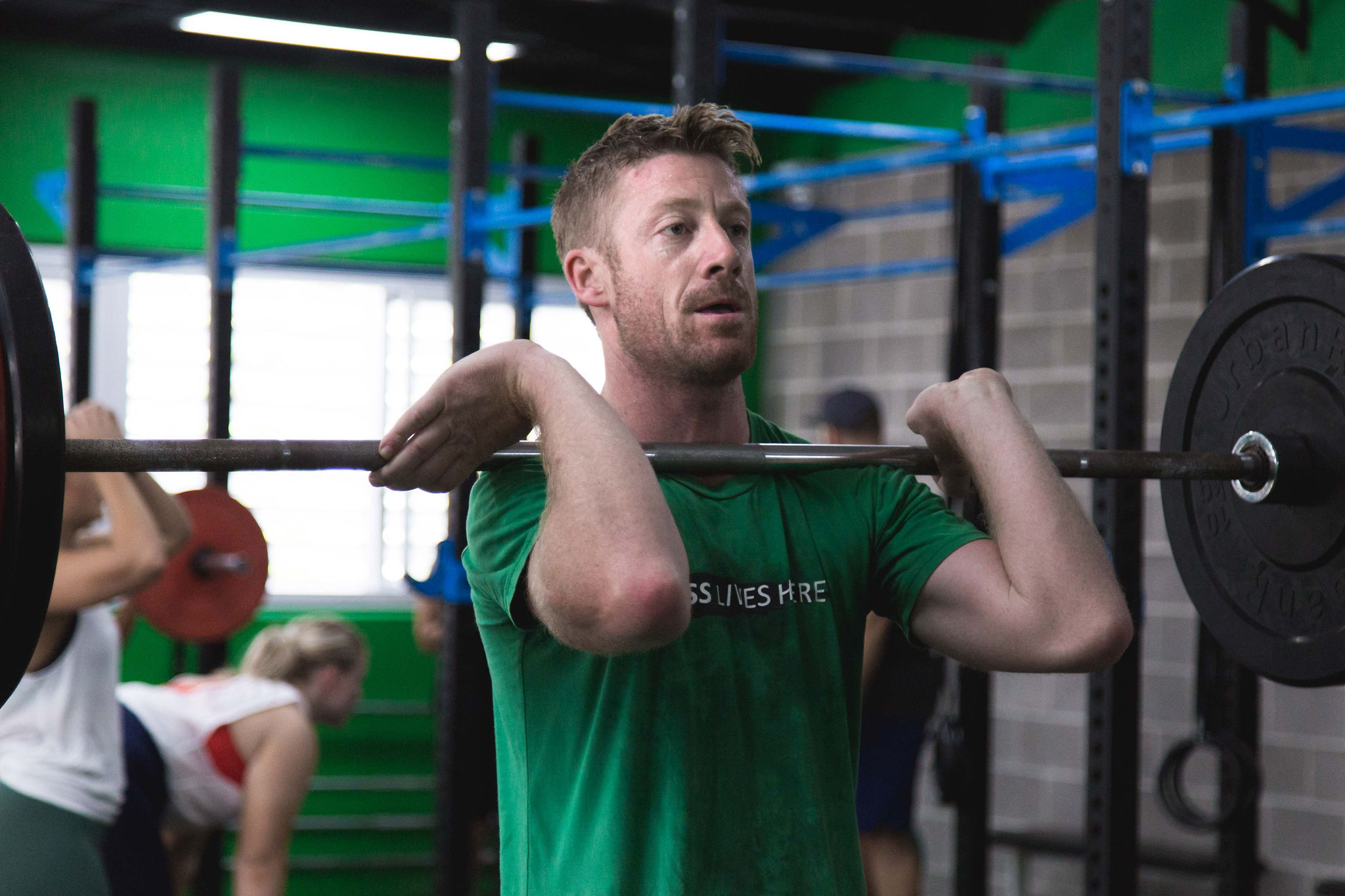
Why is progressive overload important?
As the old sayings go; If you always do what you’ve always done, you’ll always get what you’ve always gotten! and; If nothing changes, nothing changes!
Why is progressive overload important?
Progressive overload is the concept of gradually increasing the exercise demand on your body to achieve continued improvement. Your body is amazing. It adapts to the physical demands that are placed on it, and this is why an exercise becomes easier the more it is done.
For example, someone who has never completed a push up may find doing a single push up very difficult. Completing a single push up every second day, they would find it easier to complete two push ups, and so on.
Progressive overload is essential in order to continue becoming fitter, stronger and to improve in your training.
Whether you train with free weights or machines (or, ideally, a combination of both), progressive overload is the concept that should underpin everything you do in your training. It applies to all aspects of the fitness game. Want to put on size? Get stronger? Become more explosive? Run faster? Want to look leaner/toned? Progressive overload is the key.
Put simply, progressive overload is increasing your workload in the gym over time, putting your body under increasing stress, so that it never adapts.
In general, your body doesn’t want to change; it craves stasis. Muscle tissue is very costly, so if you don’t use it, you will lose it. So if you don’t force your body to change, it simply won’t. Your body will become lazy and only use the minimum amount of strength or build the minimum amount of muscle to accomplish what you put it through.
Achieving “overload” during exercise can be done in three main ways:
Remember, change will probably come slowly and incrementally. However, even a small change in the right direction is a good thing. Adding a small weight plate to the barbell. Increasing the dumbbell/kettlebell weight or getting an extra rep out in your sets. If the numbers are changing, you’re moving forward.
The best thing about progressive overload is that it isn’t a fancy technique you need to remember; it’s a simple concept that should underlie every workout you do.
Ask yourself with every set, every new exercise you do: am I progressing? Even if it’s by only a small amount, any progress is still progress. All those little progressions add up to create a stronger, fitter and more impressive body shape.
So remember: Aim to do better, even slightly better, at every workout. That’s the key to true fitness success.
As your workout becomes easier to complete, up the ante! You will enjoy the progress and benefits!
